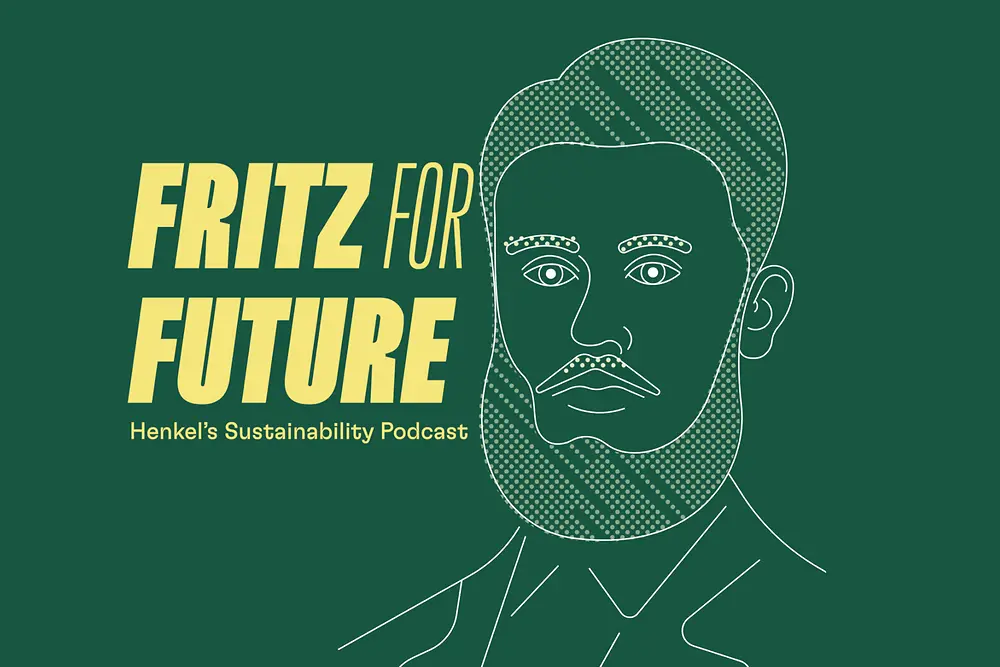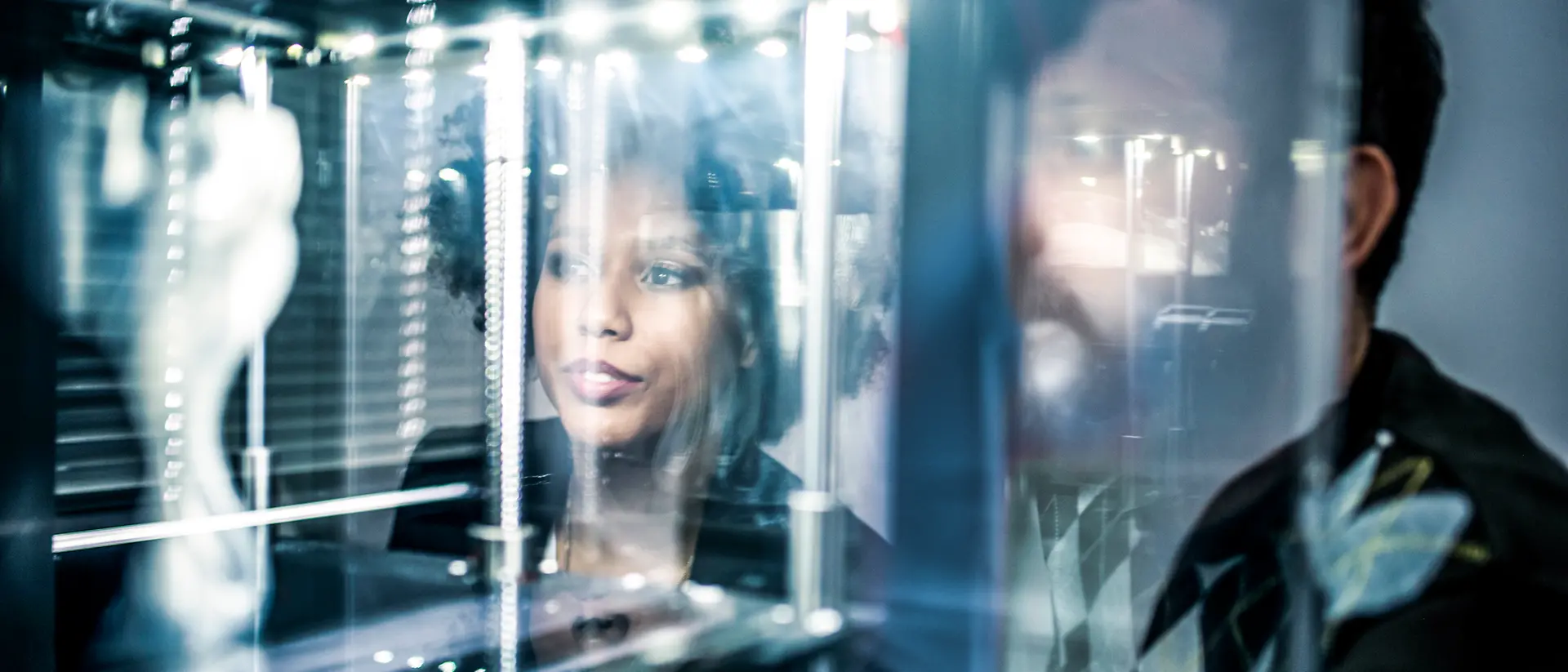Dr. Jens-Uwe Meyer: A culture of innovation is the key driver of change for companies that want to evolve. It ensures that new ideas and projects are successfully implemented. The day-to-day approach taken by managers can create a culture of innovation. It’s about encouraging employees to generate new ideas, to question the tried and true, and to make sufficient resources available for these processes. A culture of innovation also includes a culture of error and with it the will to learn from failure. And it is important for people to have a goal-oriented approach rather than a process-oriented one. With a focus on process, you follow all the workflows to the letter and change very little. If you’re goal-oriented, you’re looking to achieve a certain objective and so you have to make changes along the way to get there. Both approaches are often at odds with each other and ultimately senior management must lead by example.
Just as relevant as a positive attitude towards failure and a good leadership style is a diverse team.
What are the challenges in establishing a culture of innovation?
Dr. Jens-Uwe Meyer: Innovation always happens in two ways: There is top-down driven innovation when it comes to tapping into new strategic business areas and developing products. But the real challenge is in allowing the whole process to work in reverse, meaning bottom-up. For this to work, employees need consistent guidance, they need to be asked questions, and they need encouragement to become entrepreneurial thinkers.
Does innovation have to be a collaborative process, or is it also possible to innovate in isolation?
Dr. Jens-Uwe Meyer: It’s a combination of the two. You need isolation if you want to focus on something, but at some point, you will want to present your innovative idea to others and test it. What does the market say about it? And what do customers think? You then take the input and keep working on the innovation. It’s important to maintain this balance between collaboration and isolation.
How important is open innovation?
Dr. Jens-Uwe Meyer: Open innovation, or the active strategic use of the outside world, is important when it comes to increasing innovation potential. There are various aspects to open innovation, and as such it is important at different levels. You could collaborate on a B2B level, for instance, and join forces with start-ups or other companies. And then there is the B2C level where you could collaborate with consumers. However, if you choose to collaborate, one element is essential: mutual trust. And with both approaches, you need to clarify in advance where the opportunities for collaboration lie and where the limits are. Very few consumers are in a position to develop a new business model, but they can provide input on things such as product design.
When was the last time you came up with an innovative idea?
Dr. Jens-Uwe Meyer: My last innovation was three hours ago. One of my developers implemented a new feature in a software program. We are surrounded by innovations all the time, but we don’t always recognize or appreciate them. You will always be able to identify your key successes if you look back and ask yourself the question: Where was I one year ago and where am I today?










